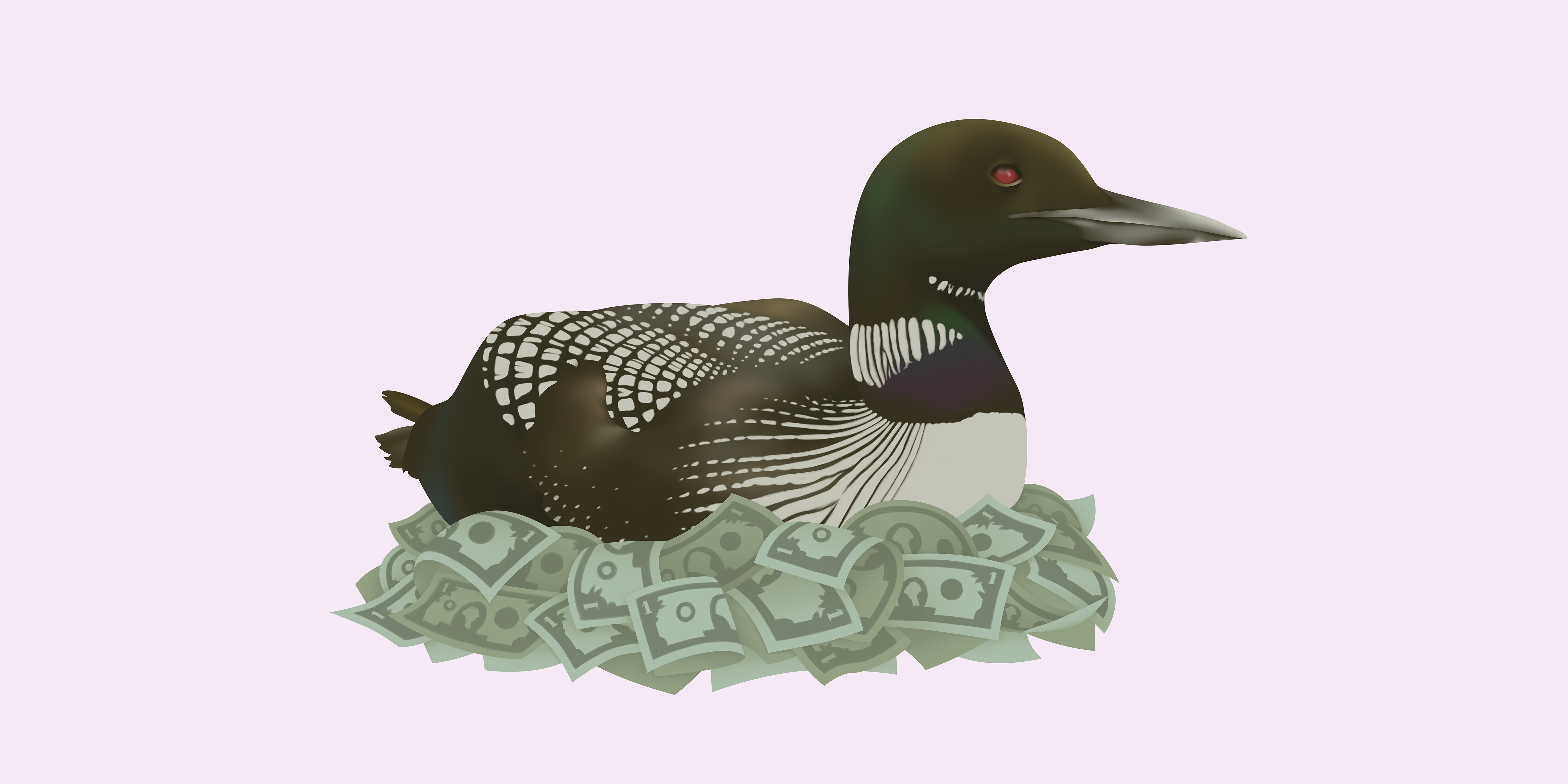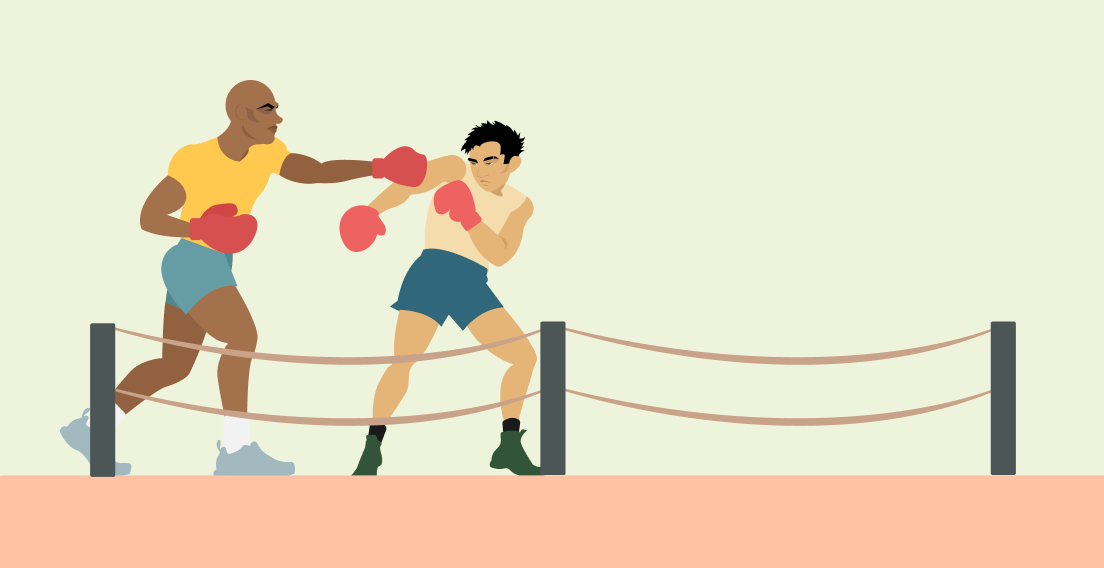Near the end of last year, the Canadian dollar dipped to lows not seen since March 2020 , which raised concerns about its volatility in the coming year – especially given threats of increased tariffs from incoming U.S. President Donald Trump. The news didn’t get any better in February 2025, when the 25 per cent tariffs on Canadian exports became official – and the Loonie fell to its lowest levels since 2003, before they were temporarily halted a few days later.
There are many factors that can affect the currency exchange rate – including global trade, inflation, and interest rates – but the overarching theme is growth, since anything that impacts Canada’s economic growth will generally impact the Loonie.
Demand for the Canadian dollar
Jean-Paul Lam, an economics professor at the University of Waterloo, explained that the value of the Canadian dollar is impacted by demand and supply of the country’s goods.
“Demand for the Canadian dollar obviously comes from our trading partners, the U.S. mostly, and that depends on the amount of goods they are demanding from Canada. Our major exports are commodities, (so) the price of commodities, whether it’s oil, whether it’s timber, has a huge impact on the demand for the Canadian dollar and the value of the Canadian dollar.”
Interest rate spreads
Another important factor that determines the value of the Canadian dollar is the spread of interest rates between the U.S. and Canada, Lam says.
“The reason why this is important is, investors, obviously, when they want to invest, they seek the highest return for their investment.”
With the current economic uncertainty in Canada – the potential for a recession, high consumer debt, and a looming deficit – the picture for the dollar is not a stable one. But the Trump presidency has everyone watching.
“I take (Trump) at his word now and I think he does what he says,” explains Lam. “If we do see a 25 per cent tariff imposed on Canadian goods this will make our goods less competitive in the U.S., and the U.S. is our major trading partner.
“For example,” continues Lam, “ (more than) 70 per cent of our exports go to the U.S. We do import a lot as well from the U.S., but the U.S. is such an important trading partner for us that if we do see those tariffs, we’re going to see lower demand for exports from Canada.”
The Loonie has spent months sliding as the greenback has been on an upward trajectory after the re-election of Trump. The difference in the economic policy and rate cutting moves by both the Bank of Canada and the Federal Reserve have also been a contributing factor to the widening spread between the two currencies.
Loonie-greenback relations
“Since the election, it has been a one-way train, weaker for the Canadian dollar,” explains Darcy Briggs, senior vice president and portfolio manager for Franklin Templeton Fixed Income.
Canada’s economy just hasn’t shown the same strength as its U.S. counterparts, he adds, and that’s impacting a lot of the moving parts that have a direct correlation to the currency.
Additional Trump effects
“Key drivers for the Loonie include Canadian and U.S. interest rate policies, fiscal policies, growth and inflation trends, and terms of trade including commodity prices – particularly oil,” says Aly Somani, portfolio manager, SLGI Asset Management Inc.
“Under Trump’s presidency, accomodative fiscal and regulatory policy in the U.S. relative to Canada as well as protectionist trade policy toward Canada and other countries by the U.S. could pressure the Loonie down.”
Uncertainty ahead
After the initial tariff speculation, Trump officially announced tariffs to take effect in Canada in early February. Shortly thereafter, Trump quickly put tariffs on pause for 30 days following announcements from Canada on counter tariffs and discussions with Prime Minister Justin Trudeau. How exactly the situation plays out remains to be seen.
“Inflation is down compared to two years ago, but it’s still very sticky in the U.S. A lot of inflation indicators are still above three per cent,” says Lam. “That means that those tariffs … (are) going to add significantly to inflation. That’s not good news.”
“I think the Canadian economy is really going through a lot of uncertainty (and)…I honestly do not know whether we are now going into a recession,” he adds.
“Let’s put it this way, we are going into a lot of headwinds for the Canadian economy.”




